The character creation process is performed under the supervision of the Game Master and is intended to give, using numerical values that will be used later in the game rules, an idea of how the character is physically or psychologically to the viewer, to those who converses or has to do with him more formally. This information, along with all non-numeric data that you can determine rolling dices in this process, are cue to inspire ideas about interpretation: with dices you can know if your character is muscular or skinny, tall or short, agile or clumsy, but no table will tell if she's shy or swaggering, reserved or expansive, suspicious or optimistic, greedy or spendthrift. It will be up to you to decide the facets of his nature and how to run him. Once made the decision be consistent with it. Change the way you run your player character according to the advantages that a situation may offer and not to his chosen behaviour is childish and takes away much of the fun that a good interpretation can give over the time.
CHARACTER'S NUMBERS
The success of many of the actions that player characters do during the game will depend on their bodies, their minds and their knowledge. In order to determine whether or not a player character has been successful in what he was trying to do is somehow necessary to measure its abilities in order to test them, comparing them to the difficulty of the action taken and determine what percentage of being successful he has.
These measurements are called Feature Values or FEV. The field of knowledge or physical, mental and social tract that each FEV rates is called Feature.
FEATURES
The score of each Feature is given by the sum of two values: Base Value or BAV and the Experience and Training Level, called simply Level or LEV.
This indicates, as the name already reveals, how long the character has already exercised and trained, so much practical as theoretical, a Feature. Can be increased by gaining experience while adventuring or with training.
With respect to the Base Value(BAV), Features can be divided into two types: Rolled and Independent and Calculated or Dependent.
For Rolled Features the BAV is determined rolling some 8-sided dices (usually 2 of them) and adding a modifier to their sum, whether positive or negative, depending on the race or other factors.
In Calculated Features BAV is calculated from scores of other Rolled Features. Will see in detail Calculated Features later during the creation process so suffice it to say this for now.
FAMILY AND PARENTS
Maybe you never thought, but with all due exceptions applicable, birth was not your choice, but your parents. You are here because they have conceived you and certainly their role in society which you have joined at birth influenced yours. Think of the children of slaves, slaves also by birth or children of kings to which fate could have reserved even a throne, or just the children of wealthy, educated and raised in luxury in the best schools or even by private tutors, and those of the poor for whom each new day offers only hunger, misery and desire.
Since Ventura prides itself to be a realistic game, the first part of the character creation does not concern him directly, but is to determine who his parents were and what their role within the society of which your character will become part.
THE 10 STEPS OF CHARACTER CREATION
Here we are, ready to begin rolling dices and/or make decisions (with the consent of the Game Master), but before we do let see quickly what are the steps of character creation.
Step 1: Parents In this step will be determined the race of both parents and their position within the society in which the character is born. In this step are set Racial Modifiers for Rolled Features and Features of the character's background.
Step 2: Profession The player, drawing also on background Features rolled in step 1, chooses the Profession of the character or proposes the Game Master (if it has the time and agreed) to create a new Profession that reflects the kind of activities he has in mind.
Step 3: Experience the player chooses which Features, among his professional and background ones, he wants the character learn and which experience Level assign to each one of them, within the limits set by the Game Master.
Step 4: Rolling dices The Players rolls or calculates according to parameters chosen by the Game Master the Base Value (BAV) of his Rolled Features.
Step 5: Assignment: Scores just rolled are assigned to Rolled Features and are increased or reduced by Racial Modifiers determined in step 1.
Step 6: Training The player assigns Levels of experience to its Rolled Features, favoring those who have more weight in the Base Value of Calculated Features in which, in step 3, he awarded the highest Levels of experience.
Step 7: Calculation In this step are calculated Base Values for Calculated Features, and the Feature Value of all the Features, adding to the Base Value of each its Expereince and Training Level.
Step 8: Progression: Starting from the LEV value of each Feature or Discipline take note of how many experience points are needed to reach the next level.
Step 9: Knowledge: If the characters owns combat or magic-using Features with an experience level high enough he can choose (or be assigned the Game Master) a certain number of Combat Competences or Techniques and Spells, Rituals or Charms.
Step 10: Equipment: based on the social class of the parents of the character and how much his Profession is considered to be profitable the player will receive a certain amount of coins that will be spent to buy character's equipment.
Character is ready to be played.
It may seem long and complicated way, but keep at hand the manual and a sheet (or better yet a character sheet ready to be filled) and you will see how quickly you will scroll the following paragraphs arriving with remarkable speed to complete the character a lot sooner than you think possible: the rolls are not that many and calculations are of the kind of simple additions and multiplication for two or three.
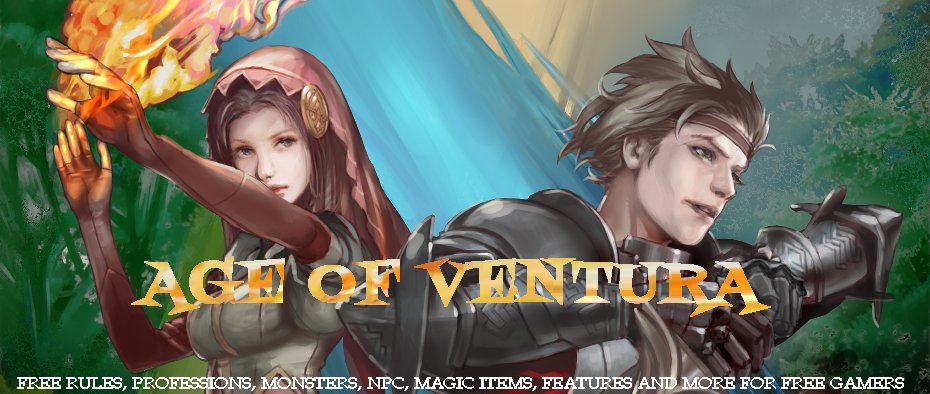
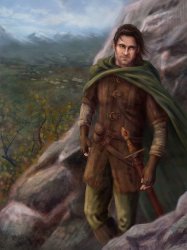
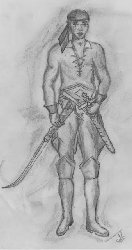
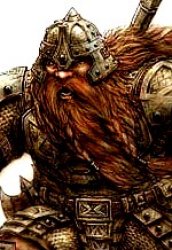
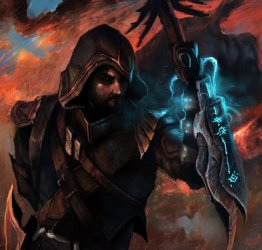
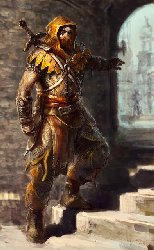
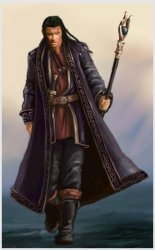
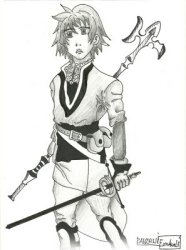

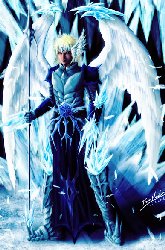
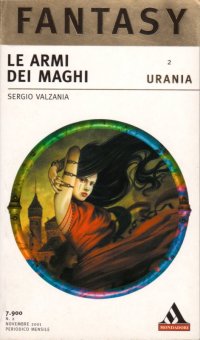

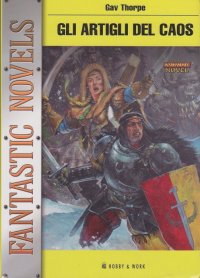



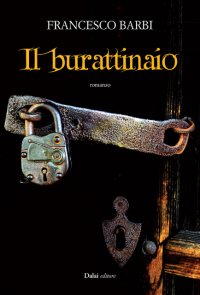

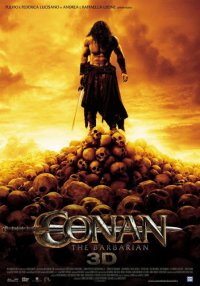

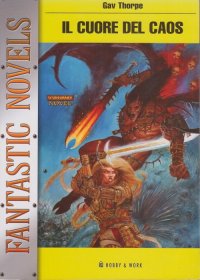

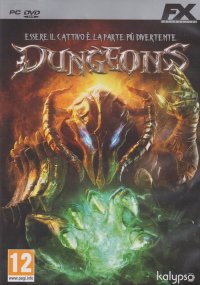
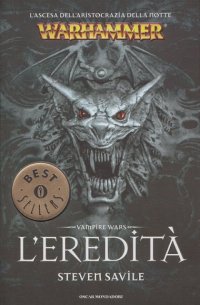



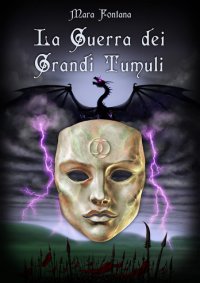

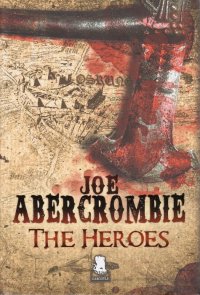

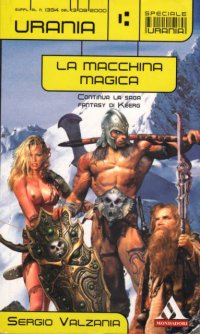

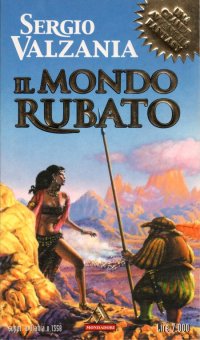

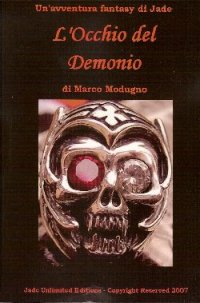








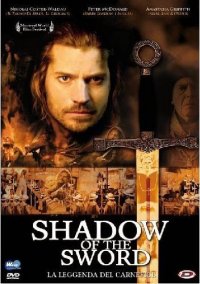

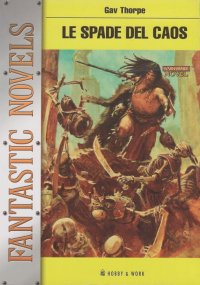
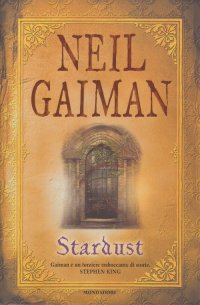
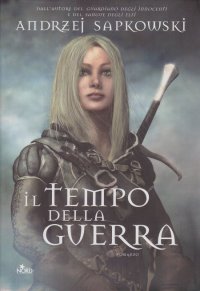

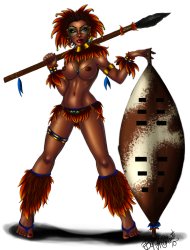
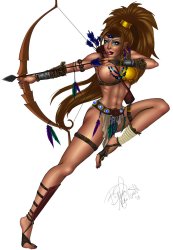
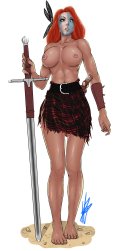
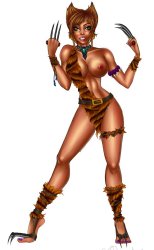
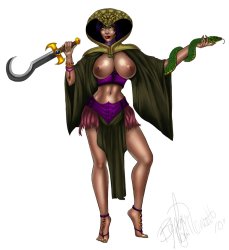
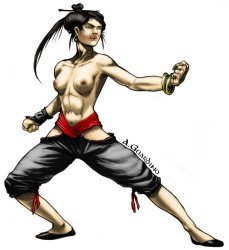
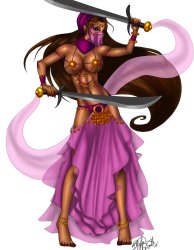

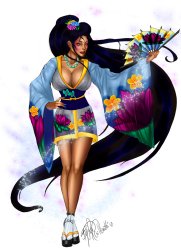

No comments:
Post a Comment